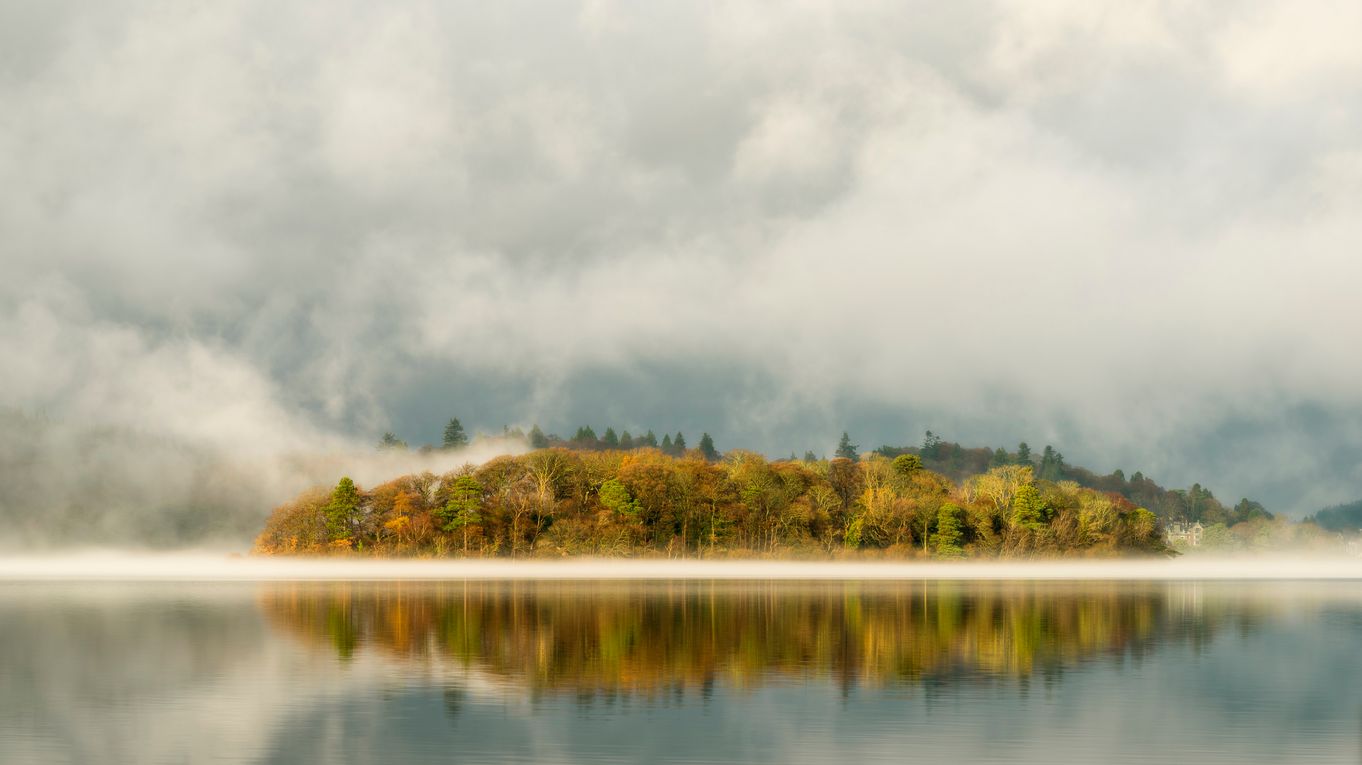All About the Islands of Derwentwater
Derwentwater is a breathtaking lake in Keswick with plenty of things to see and do both around it and on it. If you’ve been to Derwentwater before, or even just seen some photos, you might be wondering about the islands that are situated in the water.
There are 4 islands of Derwentwater: Derwent Isle, Lord’s Island, Rampsholme Island, and St Herbert’s Island. Each of these islands are owned by the National Trust and have their own unique story. In this week’s blog, we’re going to tell you all about these islands, including how you can visit!
There are also 9 much smaller islands on Derwentwater, including Park Ned, Otter Island and Otterbield Island, but we’ll just be focusing on the 4 largest islands today.
Rampsholme Island
By far the smallest of the four islands of Derwentwater, Rampsholme Island was named after the wild garlic that grows there - in Old Norse, ‘Hrafns holmr’ means ‘wild garlic island’. This island formed part of the Earl of Derwentwater’s confiscated estate which was bought in 1832 by John Marshall Esq of Leeds.
St Herbert’s Island
Being around 5 acres in size, St Hebert’s is the largest of the Derwentwater islands and Beatrix Potter used it as the inspiration for her fictional Owl Island in The Tale of Squirrel Nutkin.
This island, which can be spotted in the middle of the lake. was named after St Herbert, who was responsible for bringing Christianity to the local area in 685 AD. He used the island as a hermitage and, after he died, it became a pilgrimage. You can still see his cell in the undergrowth today!
The Friars Crag viewpoint is named after the monks who sailed over to the Island on pilgrimage to visit St Herbert.
Lord’s Island (also known as Crow Island)
Closest to Derwent Isle and found in the inlet formed by Friar’s Craig, Lord’s Island sits on a quiet area of Derwentwater. The Earls of Derwentwater lived on Lord’s Island until the Jacobite rebellion.
In approximately 1450, a mansion was built. It was destroyed in approximately 1651, during the civil wars, and only the foundations can be seen today. There once was a drawbridge that connected this island to the mainland, and trees grew too, creating thousands of rooks - all of which have now gone.
The National Trust asks that people respect the ‘no paddle zone’ between Lord’s Island and the shoreline to protect the nesting geese and other wildlife that call the island home.
Derwent Island
This island, which can be spotted to the west of Friars Crag, is the only island on Derwentwater that is still home to a fully intact house. While the island and its house is leased to tenants by the National Trust, they are open to the public 5 days per year, but you will have to book in advance with the National Trust if you’d like to visit.
It’s likely that Derwent Island was first settled by German copper miners in the 16th century. The house, as well as several follies, was built by Joseph Pocklington in the late 1770s. He was known for holding spectacular firework displays on the lakeshore, fake naval battles around the island, and a fair on Crow Park - spectators would watch a regatta, where teams rowed, sailed, and swam around the island.
Derwent Island, which Wordsworth considered to be a blot on the landscape, is said to have previously been known as ‘Vicar’s Island’ because it was the property of Fountains Abbey in the Elizabethan times, before the monasteries disbanded.
So there you have it, those are the stories of the islands of Derwentwater. Next time you visit, you’ll be able to show off your knowledge to your friends and family! To find out more about coming to Keswick, such as where to stay, visit, walk and eat and drink, look around our website.



